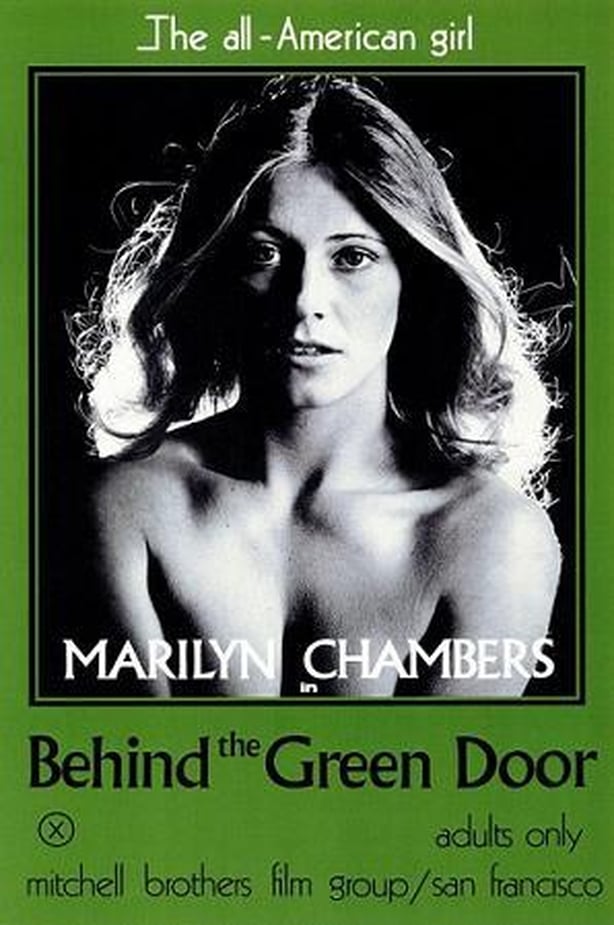Opinion: feminist porn has created a different conversation about power and porn than just about being exploitation or empowerment
The 1970s are often referred to as the Golden Age of Porn, where the sex was glamorous and the clothes were few. A heady age where the industry had begun to flourish in California fuelled by young hippies wanting to explore their sexuality and freedom, it was a period of production where big budgets meant higher quality films, storylines, and nationwide theatre showings.
Films such as Behind the Green Door (1972) and The Devil in Miss Jones (1973) coined the phrase "porno chic" and their respective actresses Marilyn Chambers and Georgina Spelvin courted publicity through mainstream media. Chambers especially received attention due to the fact she had been the model for Ivory Snow, a washing detergent brand that was a household name. This period also saw the first female director in Sharon McNight, who directed The Autobiography of a Flea (1976), produced by the Mitchell brothers.
In New York, where HBO series The Deuce is set, the stage was set for a major testing of this new approach to porn. The World Theatre showcased Deep Throat in 1972 which launched the world's first porn star, Linda Lovelace. Lovelace was the epitome of porn glamour at the time. She embodied the 1960s' free spirit approach to sex and appeared on late night TV shows across America promoting the film, while stars such as Jack Nicholson and Frank Sinatra spoke openly about their love for the film. It appeared as if porn was becoming respectable material for the masses with couples lining up around the block to watch Deep Throat in New York.

However, this rosy glow did not match up with Lovelace's personal life. She later alleged that she was forced to do the movie by her husband Chuck Traynor and that bruises on her legs are visible in the movie. Lovelace disavowed everything she had said about liking working in porn and stated that her husband had forced her into prostitution long before Deep Throat was mentally and physically abusive.
The anti-porn feminist movement was growing at the time and Lovelace's story ignited it. Women Against Violence in Pornography and Media (WAVPM) was established in San Francisco in 1977 and Women Against Pornography (WAP) was set up in New York in 1979. These groups picketed shops that sold the infamous 1978 "meat grinder" issue of Hustler and organised conferences on porn and feminism.
Lovelace was supported by feminists such as Gloria Steinem, Andrea Dworkin and Catharine MacKinnon who would introduce legislation to try to ban porn on the basis that it was a civil rights violation. Lovelace went on speaking tours with these women and shared her story. This sparked a lot of conversations about porn and whether it did or did not exploit women, though we need to remember that exploitation comes in many forms.
It would be easy to paint a doom-and-gloom analysis of how pornography was in the 1970s and 1980s, but to do so is both lazy and unethical research
Lovelace ended up living in poverty and was unable to hold down a job for long, while others used her story to kickstart their careers and enjoy international success. In her final years, she stated she felt exploited by the very same anti porn feminists that shared her story. She argued that these women made money from her story while she was paid less. "I guess I’m more disappointed in the Women's Movement than anything"
In her eyes. the women's movement abandoned her after using her story for their own goals. It was a process that objectified Lovelace and positioned her as a mere tool to use in the so-called war on porn. At the end of her life, Lovelace's views on porn changed where she became more accepting of porn. This change in mindset was also ridiculed by the same women who used her to help spread an anti-porn message.
It would be easy to paint a singular doom-and-gloom analysis of how pornography was in the 1970s and 1980s, but to do so is both lazy and unethical research. Confirmation bias is rife in porn studies, and ideology is often substituted for methodology.
We could leave the story there, with the sad case of Linda Lovelace, but that would ignore the positive movements that happened parallel to her experiences. In 1983, a group of five women (Annie Sprinkle, Veronica Vera, Veronica Hart, Candida Royalle and Gloria Leonard) set up Club 90 in New York to produce porn that catered to a female audience which challenged the traditional way porn was made and the acts featured. These women did not take the approach that porn should be banned: Annie Sprinkle infamously quipped "the answer to bad porn isn't no porn ... it's to try and make better porn!"
This was the foundation for what has become known as feminist porn or ethical porn, which has become an international movement that challenges the norms in the mainstream industry and how porn performers are treated. This approach creates a different conversation about power and porn, and argues for more nuance than a simple question of porn being exploitation or empowerment. Linda Lovelace and Annie Sprinkle remind us that there are a multitude of experiences of working in porn and a multitude of ways that their story is told by outsiders.
The views expressed here are those of the author and do not represent or reflect the views of RTÉ








